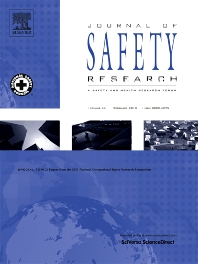
Introduction: Driving behavior theoretical models consider attitudes as an important determinant of driver behavior. Moreover, the association between the self-reported tendency to commit violations and accident involvement is widely recognized. This research investigates drivers’ self-reported behavior and attitudes to risky behaviors related to the traffic violations of speeding, drink-driving, and cell phone use using cluster analysis. Method: A sample of 601 Greek drivers participating at the SARTRE 4 pan-European survey is utilized. The analysis identified three clusters of drivers. Drivers in Cluster 1 commit traffic violations more often; drivers inCluster 2 favor traffic violation countermeasures while having moderate views toward compliance with traffic rules and drivers in Cluster 3 strongly support traffic violation countermeasures and also have strong viewstoward compliance with traffic rules. Risky behaviors and related attitudes that differentiate the three distinctgroups of drivers (clusters) were determined. Results: The findings indicate that differences in attitudes and behaviors may be attributed to factors such as age, gender, and area of residence. The research findings also provided some insight about the current level of drivers’ attitudes to traffic violations, especially those that negatively affect traffic safety. The pattern of their views on violations may form the basis of risk behavior-related interventions tailored to the identified groups, aiming at informing, educating, and raising the awareness ofthe public. Impact on Industry: Agencies focused on safety interventions could exploit this information in designing and implementing education campaigns, enforcement programs and in defining relevant priorities.
| ID | pj72 |
| Manuscript | |
| DOI | |
| Tags | culture, driver behaviour, field surveys, statistical modelling |













